The UK beauty industry is booming, with consumers showing growing interest in natural, sustainable, and niche beauty brands. If you’ve ever wondered how to sell beauty products in the UK, and dreamed of launching your own beauty line, now is an excellent time. But while creativity and passion are essential, navigating regulations, logistics, and marketing channels is equally crucial.
This guide answers the key question: “How to start a beauty product business in the UK?” Whether you’re crafting lip balms in your kitchen or launching a private-label skincare range, here’s everything you need to know.
1. UK Beauty Market Overview
The UK cosmetics and personal care industry is estimated to be worth over £10 billion and continues to grow.
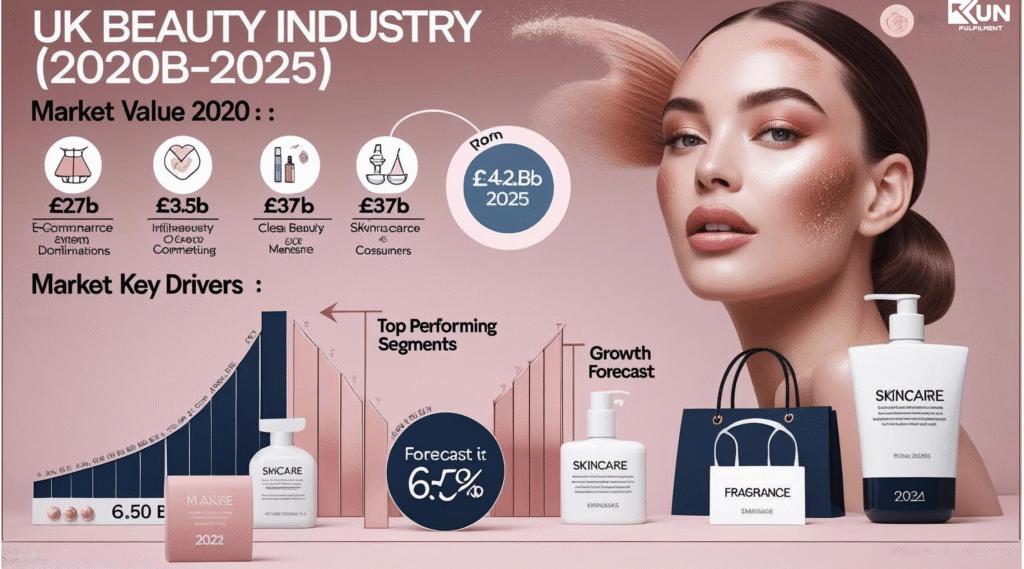
Post-pandemic trends have shifted toward self-care, clean beauty, and indie brands, giving newcomers space to thrive.
Opportunities are abundant in:
- Vegan and cruelty-free products
- Sustainable packaging
- Targeted skincare (e.g., anti-aging, acne-prone skin)
- Men’s grooming
This demand creates space for businesses to differentiate themselves through story, purpose, and quality.
According to the latest ECommerce Insights for 2024–25, the UK beauty market is on track to hit £12.5 billion by 2025, showing massive opportunity for newcomers in the skincare and self-care space.
2. Legal Requirements: Getting Your Business Ready
Before making your first sale, ensure you’re legally set up:
Business Registration
- Register as a sole trader, limited company, or partnership with HMRC.
Trade Mark Protection
- Consider registering your brand name, logo, and product names with the UK Intellectual Property Office (IPO).
Insurance
- Public and product liability insurance is strongly recommended.
3. Define Your USP and Product Development Path
Before you create your products, define your USP (unique selling proposition). Will you be a luxury brand, vegan, or affordable skincare line?
There are two product development routes to choose from:
There are two main ways to develop your product:
1. Private Label
- Buy pre-formulated products from a manufacturer and brand them as your own.
- Pros: Faster launch, fewer regulatory hurdles.
2. In-House Formulation (Handmade)
- Create unique formulas using raw ingredients.
- Pros: Full control and exclusivity, but requires CPSR.
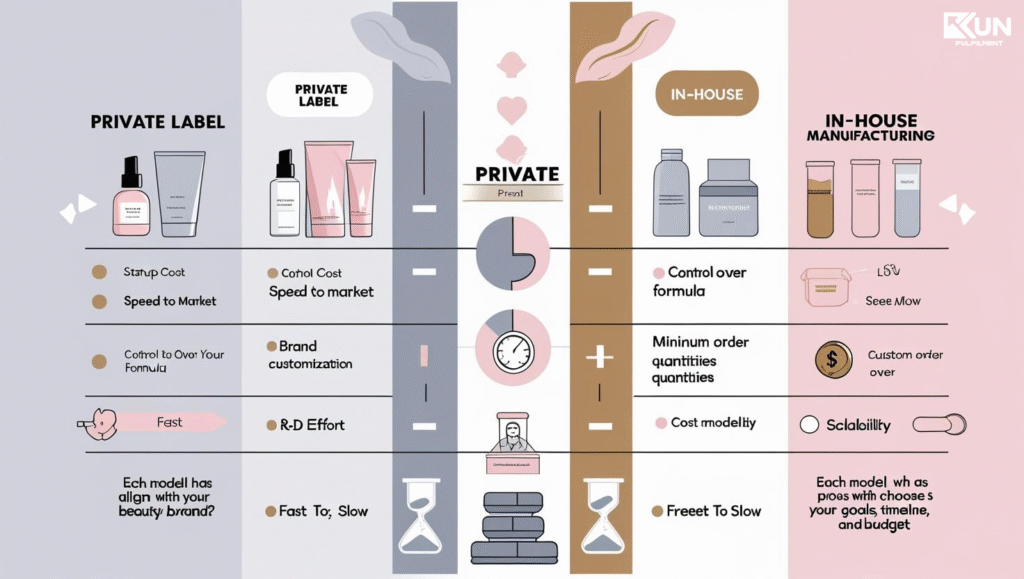
Explore both options and test your formulations before investing in bulk production.
Curious how other entrepreneurs scaled from testing to full brand?
Check out our journey on From Side Hustle into a Successful Business.
4. Licensing & Regulations (CPSR, SCPN & More)
Selling beauty products legally in the UK means you must meet strict safety and regulatory requirements under UK Cosmetics Regulation (UKCR).
Here’s what you must have before going live:
✅ CPSR (Cosmetic Product Safety Report) for each unique formula
✅ Responsible Person (RP) — can be you or an outsourced service — to manage compliance
✅ SCPN Registration via the UK Government’s Submit Cosmetic Product Notification Portal
✅ Clear labelling, batch codes, and ingredient lists

🔍 FAQ – Common Questions:
❓ Are beauty products regulated in the UK?
✅ Yes, they fall under UKCR and require CPSR + SCPN.
❓ Do I need a license to sell beauty products in the UK?
✅ Technically, no license — but full regulatory compliance is required.
❓ What products do not need a CPSR?
✅ Only non-cosmetic items like tools (brushes, rollers) or accessories.Selling on Amazon and unsure how to manage compliance with fulfilment?
Learn more in our full guide — How Does Amazon FBA Work? A 2025 Guide
5. Packaging & Labelling Requirements
Proper packaging and labelling aren’t just about aesthetics — they are a legal requirement under UK Cosmetic Regulations.
Every beauty product you sell must include:
✅ INCI-compliant ingredient list (International Nomenclature of Cosmetic Ingredients)
✅ Batch number for traceability
✅ Use-by date or PAO symbol (Period After Opening)
✅ Weight or volume (e.g., 50ml, 100g)
✅ Responsible Person contact details (name and address)
✅ Warnings or allergens, if applicable
✅ No misleading claims (e.g., “clinically proven” unless substantiated)
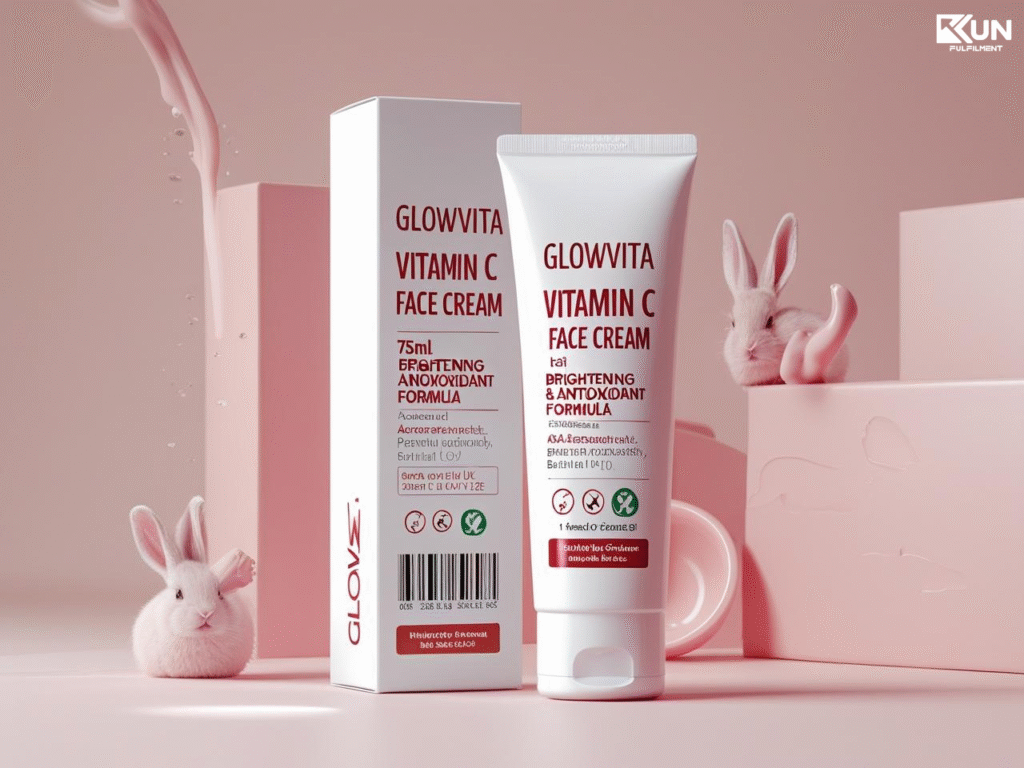
It’s strongly recommended to hire a professional designer familiar with cosmetic compliance, so your label meets both branding and regulatory needs.
Make sure your packaging is ready for eCommerce fulfilment to reduce breakage and returns
6. Fulfilment & Shipping: How Will You Deliver?
You have a few fulfilment options:
Self-fulfilment: Ideal for small volumes but time-consuming and limits scalability.
3PL Fulfilment Services Providers: Like Kun Fulfilment, which handle everything — inventory, packing, shipping — so you can focus on growth.

📦 Why Choose Kun Fulfilment?
- 99.9% verified picking accuracy
- Eco-friendly and leak-proof packaging options
- Scalable for high-volume eCommerce brands
Proper packaging is crucial for beauty products — it must be protective, eco-conscious, and aligned with your brand.
7. Selling Channels to Launch Your Brand
Choosing the right eCommerce platforms is key to your brand’s visibility, profit margins, and control.
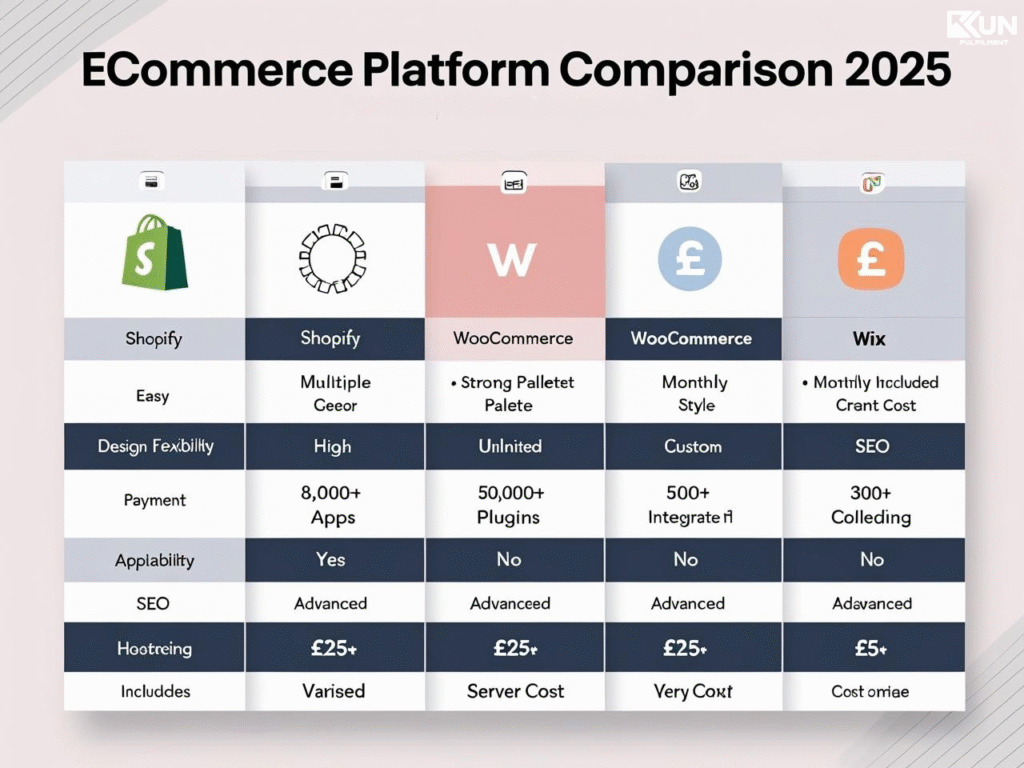
Start with platforms that align with your product style and target audience:
| Platform | Best For | Pros | Cons |
|---|---|---|---|
| Shopify | Branded D2C websites | Full control, powerful apps | Monthly fees |
| Etsy | Handmade, natural, indie products | Built-in audience, easy setup | Niche-focused, fees |
| Amazon | Mass market, scaling quickly | Huge traffic, Prime delivery | Lower brand control, fees |
| TikTok Shop | Viral, Gen Z audiences | Social commerce, influencer reach | New platform, evolving tools |
💡 Want to dive deeper into platform choices and marketplace strategies? Explore these expert guides for tailored insights and comparisons:
Top Ecommerce Platforms to Choose for Your Online Store in 2025
How to Sell on Google Shopping: A Comprehensive Guide
12 E-Commerce Marketplaces To Sell Products (2025)
8. Cost Breakdown & Budget Planning
Key startup costs to consider:
- Product development: £300 – £2,000 (depending on type)
- CPSR assessment: £100 – £400 per product
- Branding and packaging: £500 – £1,500
- Fulfilment and shipping: Variable
- Website and marketing: £500 – £5,000
Keep contingency funds for regulatory adjustments and scaling.
9. Common Mistakes to Avoid
Many new beauty entrepreneurs make costly mistakes when starting out. Watch for these common pitfalls:
- ❌ Skipping safety assessments to save time or money
- ❌ Overordering inventory before testing the market
- ❌ Ignoring platform-specific policies (e.g., Amazon’s restricted beauty items)
- ❌ Underpricing your products without considering fulfilment and shipping costs
- ❌ Neglecting post-sale customer service and returns handling
💡 Want to avoid these and optimise your strategy? Explore these guides to refine every part of your business:
Final Thoughts
Starting a beauty product business in the UK can be both rewarding and challenging. With the right mix of creativity, compliance, and strategy, your beauty brand can go from idea to shelf successfully.
Always stay updated with industry regulations, and consider working with trusted fulfilment and logistics partners like Kun Fulfilment to reduce overhead and scale faster.
